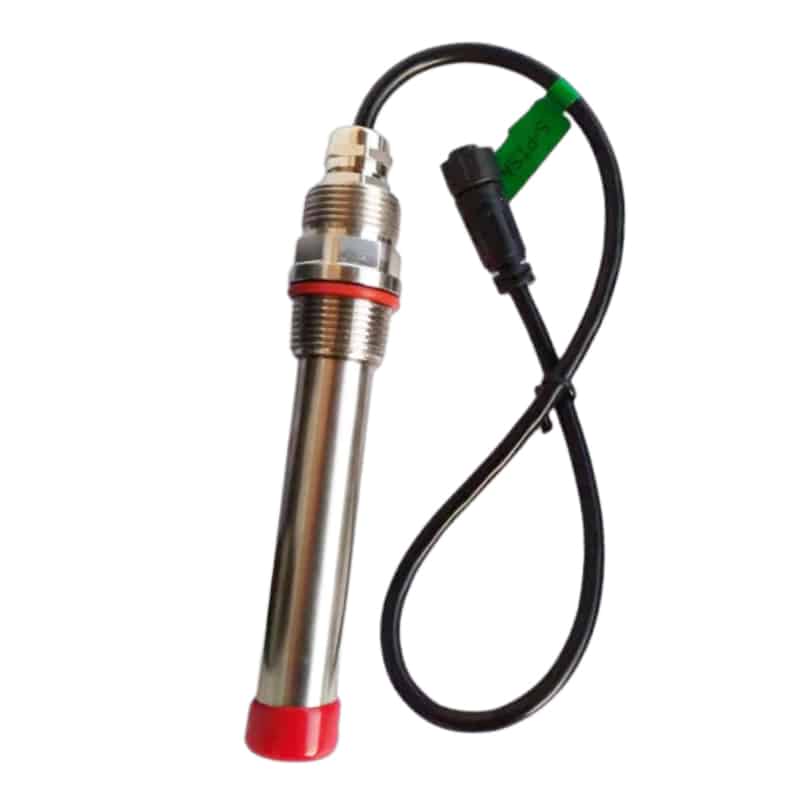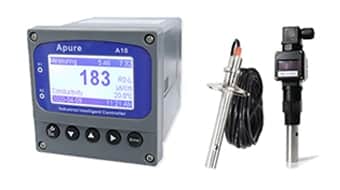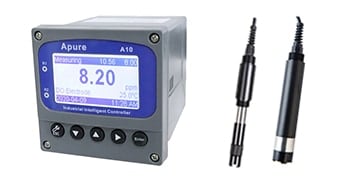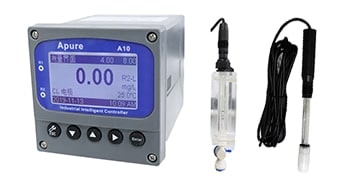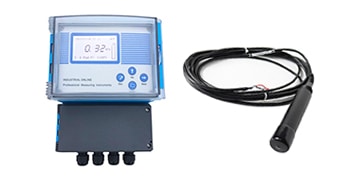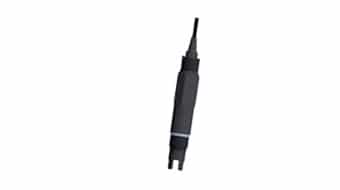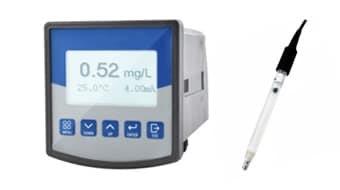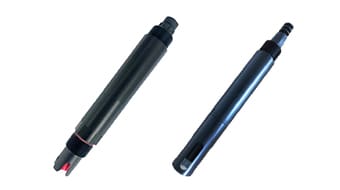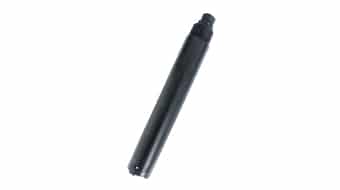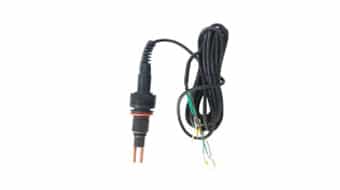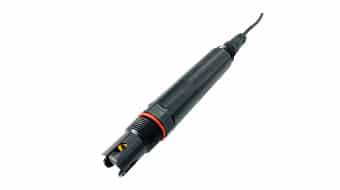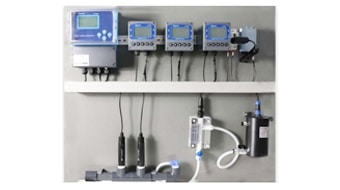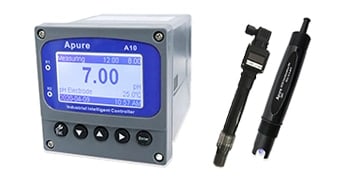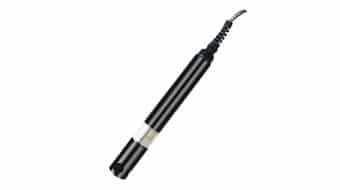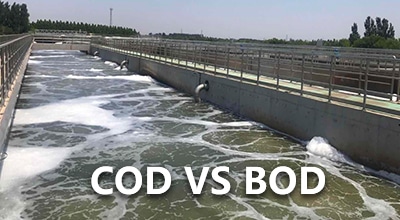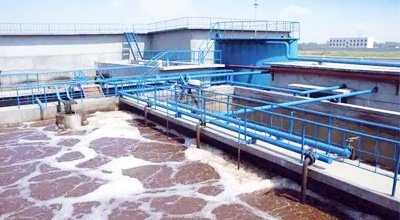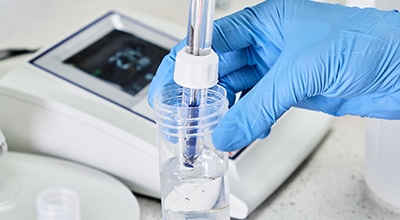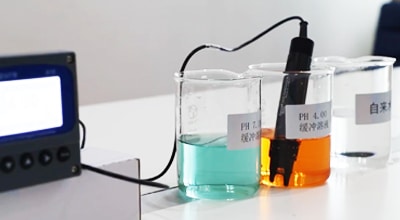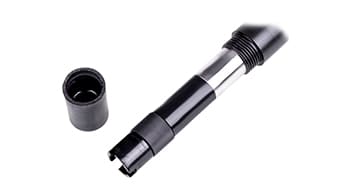PTSA Sensor
PTSA fluorescent dyes are commonly added to water systems to provide data related to water discharge and velocity. In addition to tracking contaminants, dye tracking studies can provide useful information for modeling surface water and groundwater systems. The water treatment industry often uses PTSA fluorometer sensor for monitoring in applications such as recycled water and boiler water.
Why measure PTSA?
Fluorescent dyes, particularly those that are non-toxic and invisible, such as PTSA, are added to water treatment systems to help measure water discharge and velocity data. In circulating cooling water treatment, tracers are used to determine the concentration of agents in the water and to automate dosing operations. It can also detect leaks and leak locations in the circulating cooling system.
PTSA dyes are non-toxic and chemically stable, making them ideal trace additives for water treatment systems and agricultural applications. When PTSA is added to a treatment formulation, the fluorescence response of the PTSA tracer dye is proportional and graphically linear to the concentration of the chemical used in the system over a specific concentration range. the PTSA concentration can be measured directly using a PTSA sensor.
Considerations for on-site PTSA measurements
PTSA is safe to handle, easy to dilute, and does not react with other compounds. It is also an ideal laboratory standard for standardizing fluorometers configured to detect CDOM/FDOM, crude oil, fluorescent brighteners and PTSA.
Dye tracers such as PTSA are used for measuring, mapping and monitoring water systems. Tracers are used to measure water flow, study and model surface and groundwater systems, track contaminants in emergency response situations, detect leaks, and measure tank retention times. Fluorescent tracers like PTSA were chosen because they are cost effective.
Dirt can be a problem with fluorescent sensors. Any foreign matter that accumulates on the active surface of the sensor can reduce the amount of light emitted or received, or both. Sometimes, foreign matter may provide a false signal by emitting fluorescence of the same wavelength. Fouling does not usually cause problems during profiling or spot checks for routine investigations.

